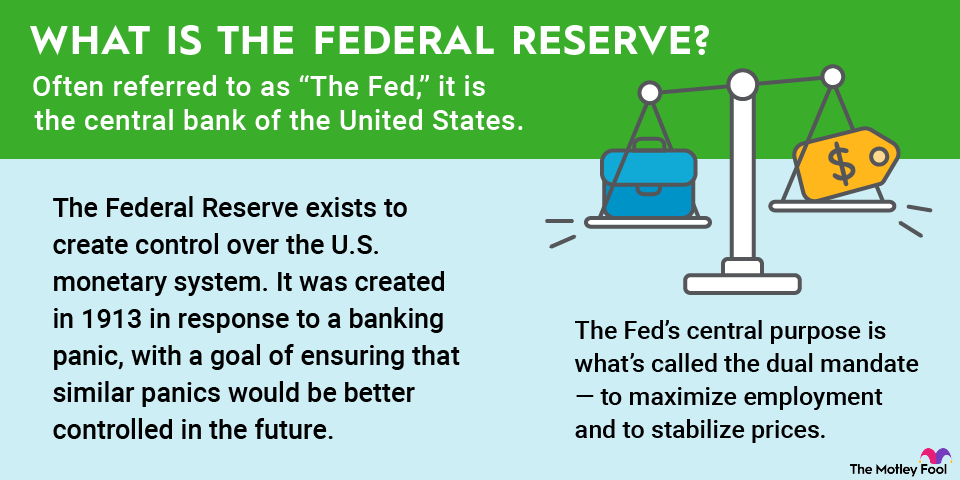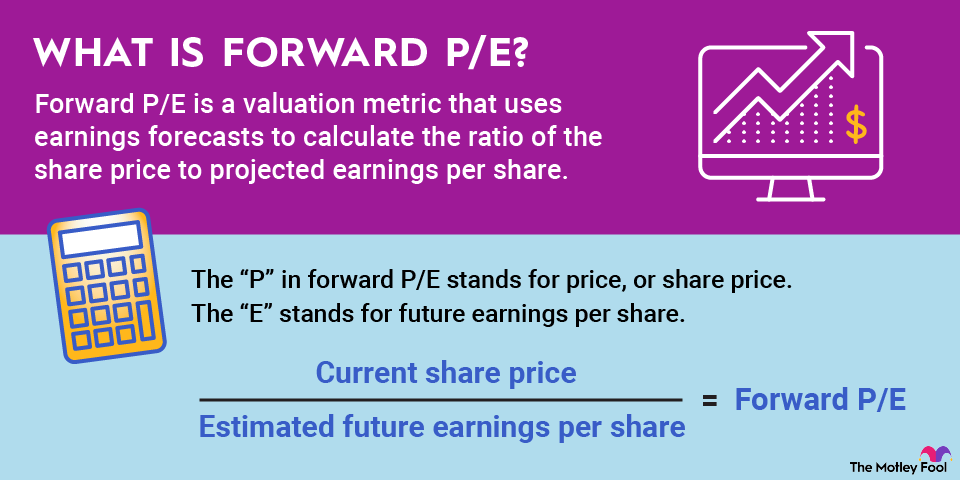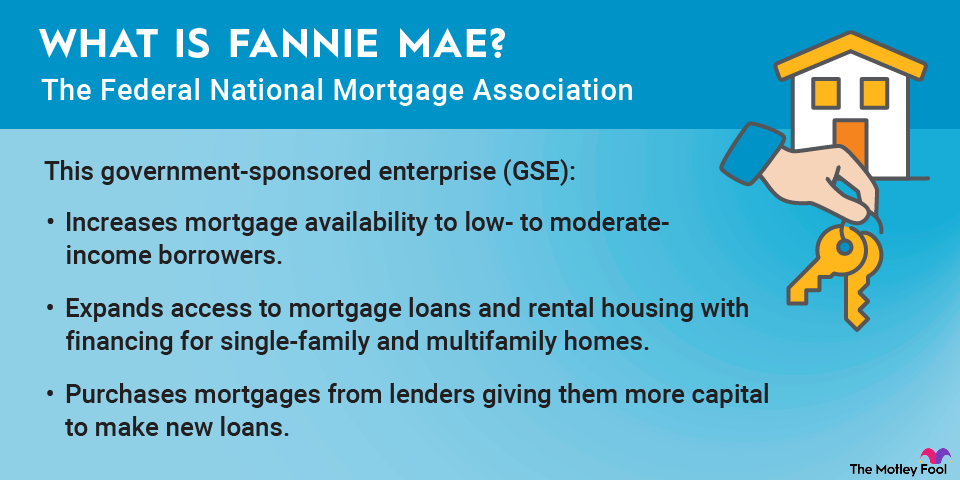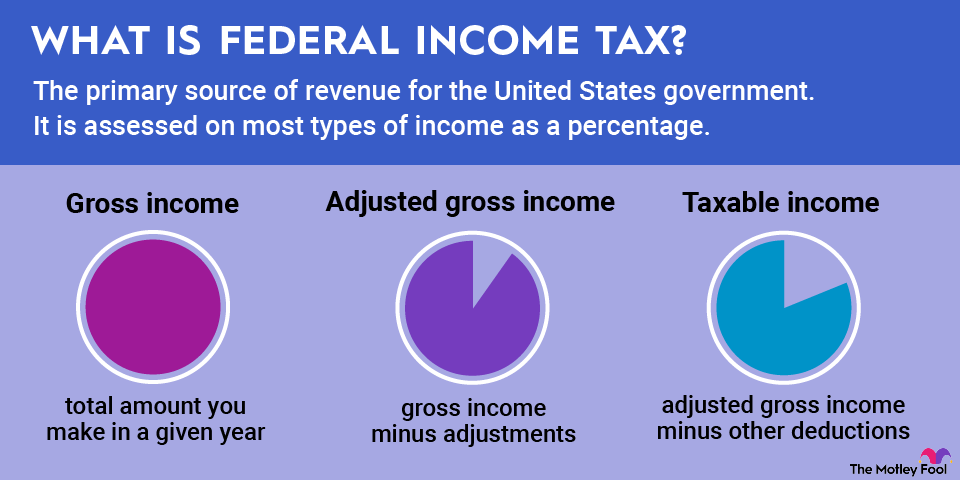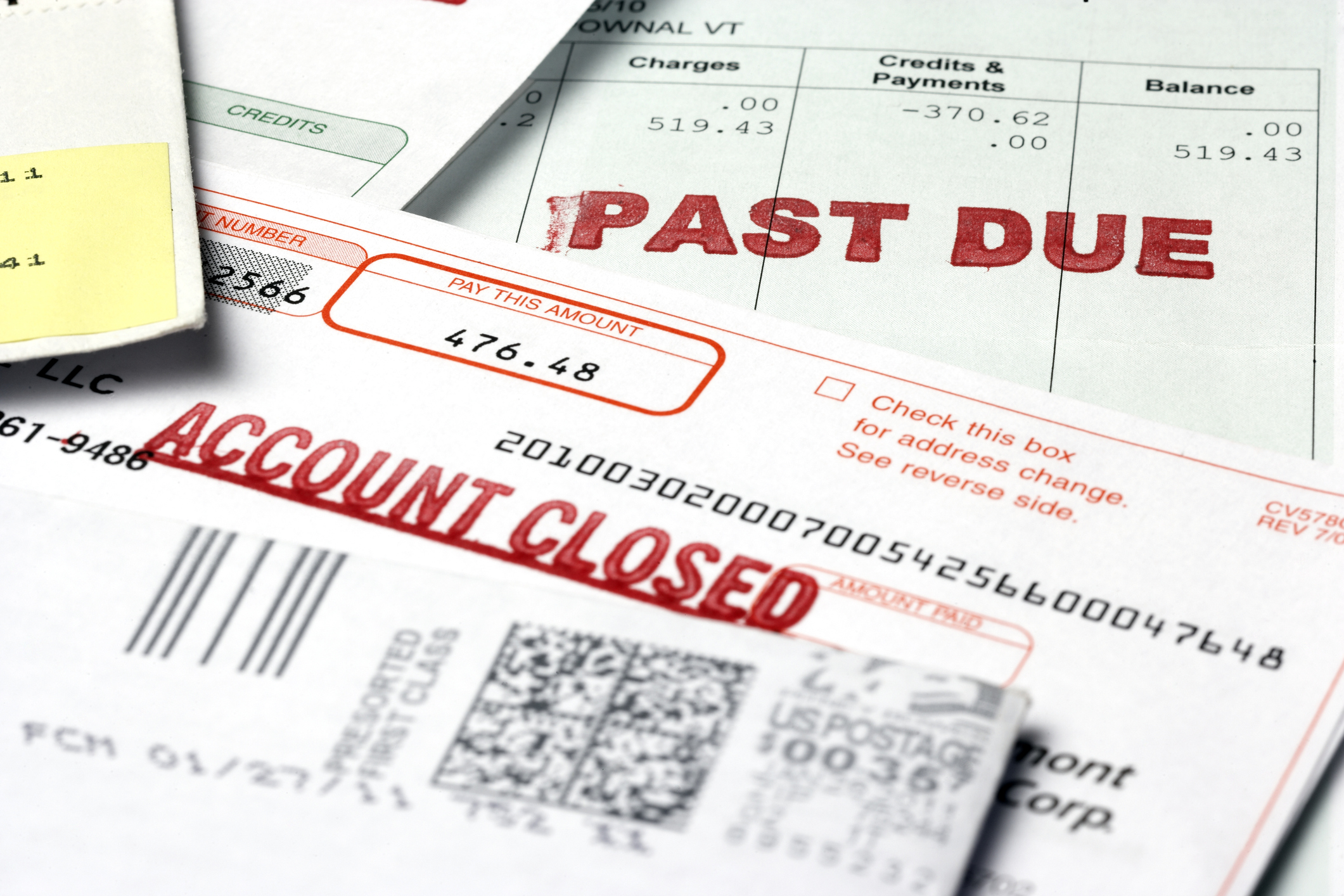Fixed-income ETFs may play an important role in your investing strategy, especially if you are an individual investor. Let's learn more about these accessible assets that can deliver income and stability to your portfolio.
Understanding fixed income ETFs
Fixed-income ETFs are exchange-traded funds that invest in debt. Debt securities can be bonds or preferred securities. Both represent debts made to the security issuer from the shareholders. In this case, the ETF is the shareholder. The ETF, in turn, sells shares of its portfolio to other investors.

Debt issuers make interest payments and principal repayments to the ETF. The ETF divvies up these cash inflows to pay its expenses, reinvest, and provide income to its shareholders. ETF shareholders benefit by receiving income from the underlying securities, without having to manage the portfolio themselves.
Fixed-income ETFs are particularly useful for non-professional investors. Non-professionals, known as retail investors, have limited options for buying bonds directly.
Types of fixed-income ETFs
Fixed-income ETFs are categorized by their investing strategy and their holdings. At the highest level, their strategy can be active or passive.
- Active fixed-income ETFs have a team of managers researching and selecting debt securities for maximum returns. These funds have higher expense ratios and the potential to outperform the broader market.
- Passive fixed-income ETFs use an index to define their holdings. These funds have low expense ratios and should perform in line with their underlying index.
Active and passive ETFs can invest broadly in debt across issuer types, maturities, and geographies. More commonly, though, they have a defined focus on one asset type, such as:
- Government bonds are issued by federal governments. The U.S. government, for example, issues Treasury securities in a range of maturities.
- Municipal bonds are issued by local and state governments. These are often exempt from state and federal taxes.
- Investment-grade corporate bonds are issued by corporations. These securities have good credit, as measured by bond rating agencies such as Moody's and Fitch.
- Preferred securities are fixed-income assets that have an ownership component. Credit rating agencies also rate preferred securities so investors can more easily evaluate their risk.
- High-yield bonds, also known as junk bonds, have lower credit ratings and higher default risk. They pay higher yields to compensate investors for the added risk.
- U.S. bonds include debt securities denominated in U.S. dollars and issued by U.S. entities. These can be government, municipal, or corporate bonds.
- International bonds are issued in foreign currency by a government or corporate issuer based outside the U.S.
Analyzing fixed-income ETFs
Fixed-income ETFs provide income and pricing stability within a portfolio. While stock values can rise and fall quickly, fixed debt yields and repayment terms do not change.
Secondary market values for bonds can react to interest rate changes and the stock market climate, however. Bond prices and fixed-income ETF share prices usually rise when interest rates or stock prices fall. The latter behavior can dull the sting of a stock market downturn, which many investors appreciate.
Keeping those characteristics in mind, you can analyze and select appropriate fixed-income ETFs in five steps:
- Assess the strategy and holdings. Review the ETF's investment strategy and associated risk, considering your risk appetite and investing goals.
- Consider the tax implications. Income from your fixed-income ETF will be taxable unless you are investing in a tax-deferred account or you purchase tax-exempt funds.
- Check the expense ratio. Higher expense ratios dilute your returns. Opt for passive funds with low expenses for better long-term performance.
- Evaluate the yield. Yield is the annual income the fund produces as a percentage of its share price. An ETF that delivers $10 of annual income and costs $200 has a yield of 5%. Higher yields represent greater income and, usually, greater default risk.
- Review the fund's history against its benchmark. Passive fixed-income ETFs should perform just behind their benchmark index. A larger gap could indicate inefficiencies in how the fund is managed.
The right fixed-income ETF delivers on your income goals without stretching your risk tolerance.


